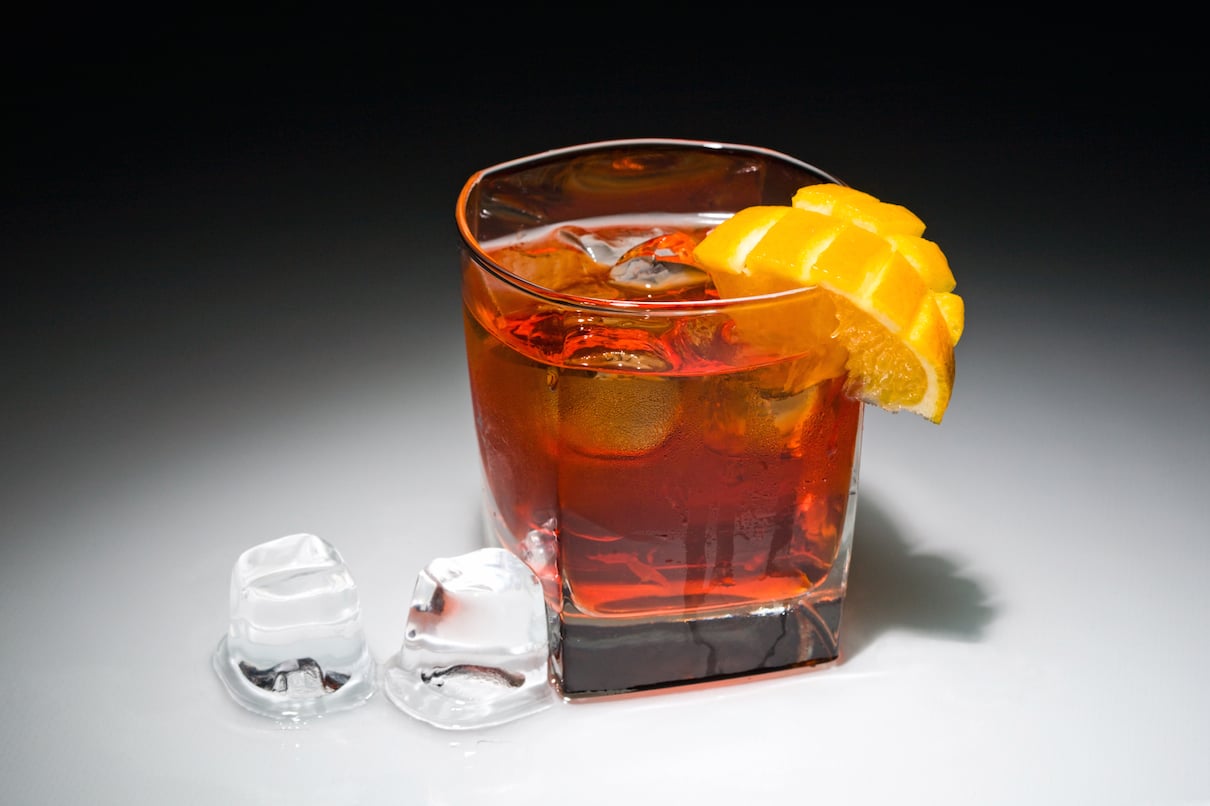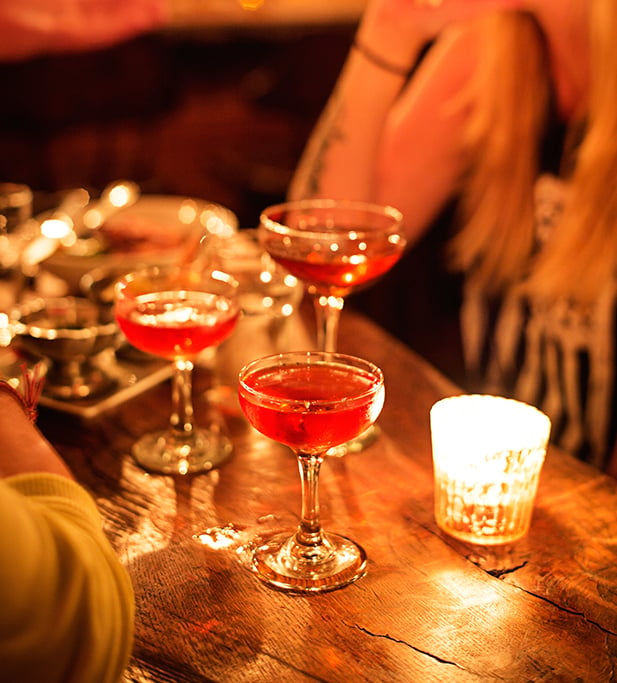
Just out of college, a friend and I met up one night at a bar with a friend of his, someone we both knew from high school. This friend of the friend was one of those earnest young strivers you tend to run into a lot when you enter the working world, the sort of person who spends all his time trying to look impressive to the people he thinks can give him things.
The bartender asked us what we wanted, and my friend hesitated a moment in ordering.
“You gotta know your drink,” the earnest striver said, seizing upon what he perceived to be a potentially fatal social weakness. In other words, my friend needed to act with manly authority whenever he was in the company of people he needed to dazzle. He needed a drink he could align himself with, and that people forever after would associate with him.
I thought it was sad and lamentable, emblematic of an attitude toward life I wanted no part of.
But time has softened my scorn, and I find it more funny now than I do sad.
I also speak as someone who has recently come to know his drink — characteristically, twenty-some years after it might have done me some good with the sort of people who decide who shall enter the gates and who shall be barred.
I step up to the bar with the confidence I never had in me when I was younger, ordering quickly and with authority: the Negroni.
What makes it mine?
To begin with, its simplicity. Gin, Campari, vermouth. That’s it. Three ingredients, and in equal parts — one to one to one. (Well, four if you include ice melt, the oft-unacknowledged fourth element, which provides a subtle but vitally important dilution.)
I’ve had Negronis at gallerias of gastronomy where I dropped $500 on dinner for two, and I’ve had them at the American Legion, where the chow barely approached the level of an elementary school cafeteria, and though I would take the former version over the latter eleven out of ten times, the difference between the two is not the pronounced difference you might think. It is not the difference between, say, toro and tuna fish. It is the difference between toro at Nobu and toro at that great little weeknight sushi bar in the neighborhood.
With a Manhattan or gin and tonic or, especially, a craft cocktail, you can strike gold but you can also just as easily strike out.
Whenever I find myself on the road at a restaurant where the menu doesn’t inspire confidence, I make a point of ordering things that are going to spend as little time as possible on the stove, in the oven, or passing through people’s hands. Oysters on the half shell. Charcuterie. Cheese. Less disappointment that way. Greater likelihood of leaving with a smile.
The Negroni is the booze equivalent. You can’t mess it up. Hell, my 7-year-old could make one.
This may be taken as evidence that I don’t care much for the craft cocktail movement, for “mixologists,” and yes, the fact that I just put mixologists in quotation marks would seem to offer up another cartridge to that gun. But I have a deep appreciation for a well-balanced cocktail made with 17 carefully sourced ingredients, poured over a perfect sphere of ice so translucently clear you could use it to magnify the Codex Leicester. I just don’t need or want that kind of drink all of the time, or even most of the time.
Most of the time I order a drink, I’m hiring it, as the tech writer and futurist Clay Shirky might say, to do a job. What is that job? To take the edge off. Sometimes way, way off.
The Negroni is not a drink that unfolds, revealing its lovely aromatics as you sip, charming you with its subtly unexpected combinations of flavors. It comes at you all at once, holding back nothing, a full-frontal assault. In the mixological age, balance is regarded by some top bartenders as the zenith of cocktail-making, in large part because adding sweeteners and other softening agents transforms their complex concoctions into irresistibly quaffable drinks that go down easy with young, inexperienced drinkers. The Negroni scoffs at balance. It prefers to sting with bitterness.
A persistent bitterness.
A bitterness that is inescapable and, really, all but unmaskable.
Bitterness not as a component, as one element among many.
Bitterness as essence.
If I’m settling in for a big, rich meal, I order a Negroni to prime the stomach and palate for the excesses to come. I sometimes order it after a big, rich meal, too, its bracing sharpness making me feel slightly less besotted and self-loathing.
Aperitif and antidote both. How many drinks can claim that distinction?
Of late, some Negroni scholars (yes, such people exist in the world) have taken to complaining about Campari—how the formula, today, is a degraded product, containing a cheap red dye and not the original carmine dye, derived from crushed cochineal insects; how it lacks the purity and depth of the Campari of old. I can’t argue that point, since I never tasted the Campari of old. But I also can’t say that the cough syrup-looking elixir I pour is inferior stuff, and ought to be swapped out for something truer and purer, like Gran Classico, a cola-colored bitters beloved by some mixologists. I’ve used Gran Classico as a Campari substitute in my Negronis at home. Definitely more complex. Definitely less bitter. And definitely, um, browner.
Which is to say: definitely not a Negroni.
It’s as if the mixology crowd is determined to get its hands on the Negroni and remake it. Make it theirs.
But the Negroni cannot be appropriated or altered.
It’s unimprovable.
Irreducible.
Not long ago, I was sitting at the bar of a restaurant and ordered a Negroni while waiting for a friend to join me for dinner. The bartender asked me how I liked his version. “A little smoother, huh?” he said, as if this was desirable, and went on to explain that he’d cut back on the gin and Campari and added a splash of red wine to soften the attack.
It was a little smoother, yes. Softer, too.
Good?
Oh, yes, very good.
A very good drink.
But not my drink.
OtherWise is Washingtonian food critic Todd Kliman’s new weekly column. Sometimes it will be about food.














